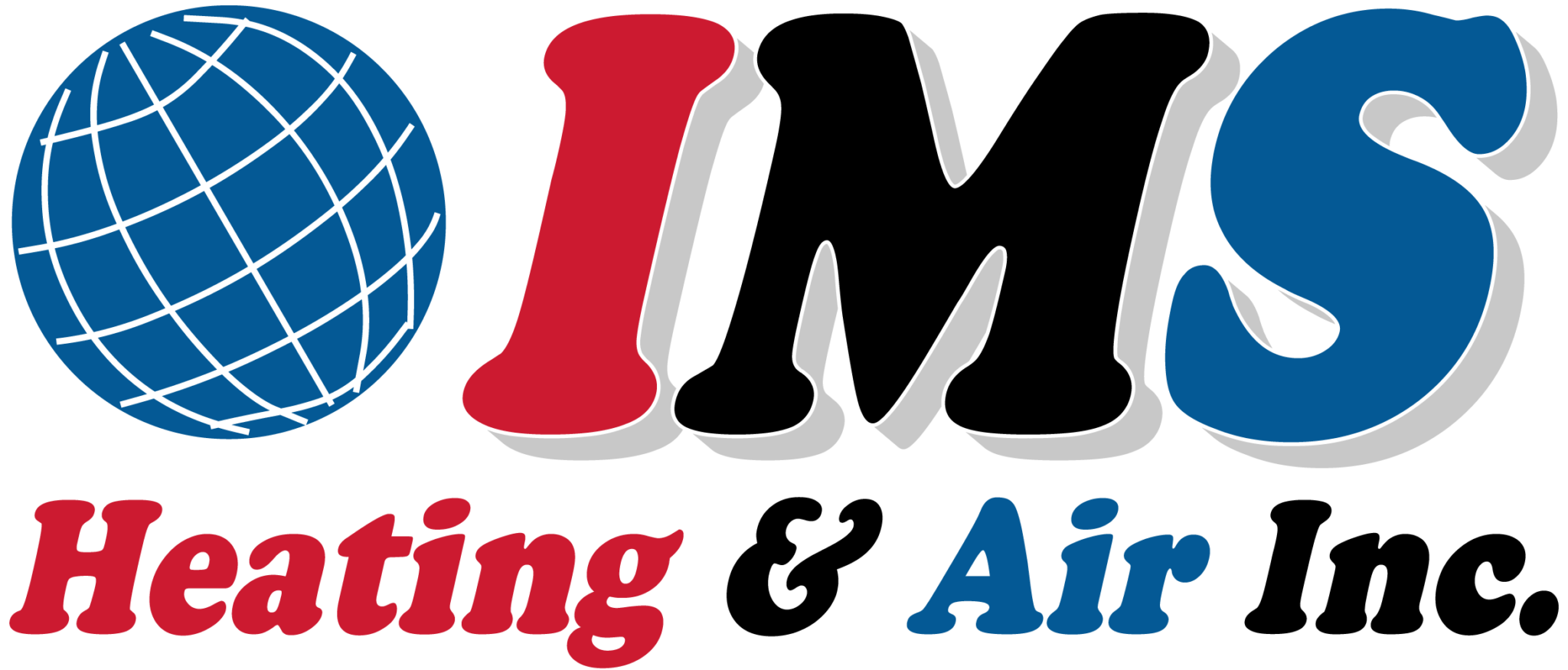A thermostat is an essential part of an HVAC unit as it helps to maintain the desired temperature. It is in charge of monitoring the climate of your home. As the heart of your HVAC system, it should be functioning properly at all times.
Based on the room’s temperature levels, the thermostat tells the furnace whether it should turn on or off. A malfunctioning thermostat isn’t good.
But how can you identify a faulty or malfunctioning thermostat? Well, if the temperatures inside your house don’t match your thermostat’s readings, there’s likely a problem. Also, if you are receiving abnormal energy bills, the problem could be a broken thermostat.
Is your thermostat not working properly? Before contacting an HVAC technician, here are some guidelines on how to troubleshoot your thermostat.
Thermostat Not Working? Best Tips to Troubleshoot a Faulty Thermostat
1. Examine the Thermostat’s Power Source
The most important thing to do when your thermostat is not working is to check whether it’s being powered. A thermostat normally runs on AA or AAA batteries, so make sure they are still functional.
If the batteries are dead, replace them and switch on your thermostat. If it still doesn’t turn on, there could be another problem.
Next, check if it is disconnected at the circuit breaker. Go to the breaker panel to determine whether you may have tripped a breaker. In case you have, fixing it is simple. Just switch off the breaker and turn it on again.
If that’s still not the case, you might be dealing with a blown fuse. If this is the case, don’t try to fix it yourself, especially if you have little experience. Contact a professional to assist you with the fuse.
Note that some thermostats operate on a time delay. This means that even if the problem is in the fuse or circuit breaker, the AC will not power up right away. Give it time to turn on and start working before concluding that it’s faulty.
2. Check the Thermostat’s Age
The next thing to look at when a thermostat is not working is its age. Age is among the notorious culprits of thermostat errors. The average lifespan of a thermostat is between 10-15 years, so anything beyond that means that it could fail at any time.
If you live in an older house, investigate when the previous owners installed it. One way to determine the age of your thermostat is whether it is digital or not. Most modern thermostats are digital and have touchscreens.
In older AC units, thermostats are manual and have buttons or dials on them. Therefore, there is a high probability that your thermostat is not working because of old age. If this is the issue, you may consider purchasing a new unit.
Finally, beware that if your thermostat is old, it is likely using mercury. Do not throw it in the garbage, as it is dangerous to your household and the environment. Mercury poisoning has harmful health consequences for anyone exposed to it. Contact the city government or a local HVAC professional, and they will help you dispose of your old device.
3. Reset the Thermostat
It may seem like a no-brainer, but check your thermostat’s settings. A digital thermostat may sometimes need a reset if it is not working properly. Resets are typically done in the event of a power outage. The sudden switch-off normally prevents your thermostat from transmitting signals to your AC unit properly once the power is back on.
The procedure to reset your thermostat will depend on the model. Some of the methods you may apply here include;
- Installing the batteries backward for five seconds
- Pushing the recessed reset button with a paper clip or pin
- Switching off the breaker connected to the thermostat for thirty seconds
So, if your thermostat is not working, a reset might be all you need to get it back on and running.
4. Clean out any Dust and Corrosion
If the inside of your thermostat is dirty, it will not work properly. The debris usually prevents the wiring from getting into contact with the terminals. To fix this, remove the cover and clean it thoroughly.
Once you get to the inside of the thermostat, apply a vacuum hose to clean any dirt or debris. If there are stubborn stains that are stuck on the coil of your thermostat, use a cloth or soft brush to clean it.
There may be corrosion on terminals or wires. Use an electronic contact cleaner to get rid of them.
5. Modify the Heat Anticipator
A heat anticipator is a component of a mechanical thermostat. The electrical resistor is tasked with setting the needed room temperature and switching your furnace on and off. When the heat anticipator is not properly aligned, it will never get to the desired temperature and can lead to the short cycling of your furnace.
To modify it, move the calibration arm to the marked disc of the heat anticipator. One side of the disc will indicate “longer” for the longer cycles. If your furnace is short cycling, move the arm one mark closer. After adjusting the heat anticipator, give the furnace two to three hours to adjust. You can repeat the procedure if necessary.
6. Check the Calibration
Is your new thermostat not working? Check its placement.
Did you know that where you place your thermostat affects the system’s performance? Most homeowners do not realize it, but the location of your thermostat is an important part of keeping your unit calibrated.
For example, if your thermostat is close to a window, the sunlight will heat it and affect your home’s temperature. The same applies when you set it near a hot lamp. Reach out to a professional to ensure you avoid placing your thermostat in the wrong place. They will assess your home and advise you on the best thermostat location.
Call a Professional
Don’t let small thermostat problems spoil your home’s comfort. If the above troubleshooting tips don’t fix your thermostat issues, contact us today.


